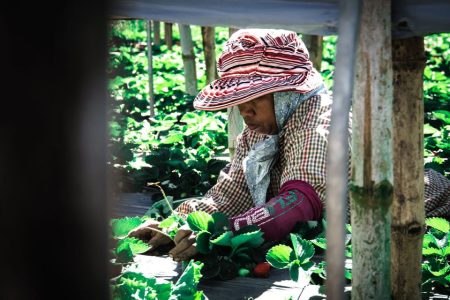In 2023, Macao welcomed only 71.6 percent of the visitors recorded in pre-pandemic 2019, but the latest data from the Statistics and Census Service (commonly referred to by its Portuguese initials DSEC) shows that they spent substantially more.
According to the latest DSEC data, the total visitor spending on activities besides gambling reached 71.25 billion patacas in 2023 – an 11.2 percent rise over the corresponding figure in 2019, the last full year before the Covid-19 pandemic struck.
The average per capita spend in 2023 was 2,525 patacas, a surge of more than 55 percent over the 2019 figure. However, year-on-year, this figure marks an almost 21 percent decrease from 2022, when Macao was one of the few destinations to which mainland Chinese could travel freely under the country’s onerous pandemic restrictions. Many came to Macao to splurge as a result, often picking up luxury goods.
[See more: Visitors are spending more than they did pre-pandemic, new data shows]
The latest data also reveals that the per capita spending on accommodation (647 patacas) and transportation (101 patacas) jumped by 50.9 percent and 36.6 percent year-on-year respectively, while spending on shopping (1,219 patacas) and food & beverages (478 patacas) fell by 42.3 percent and 2.1 percent.
Meanwhile, mainland Chinese continued to be the SAR’s main source of visitors, accounting for 67.5 percent of the total. On average, they spent 3,055 patacas per person, an increase of 66.6 percent compared to 2019. South Korean visitors, however, spent the most per capita, with a total figure of 3,634 patacas, which was followed closely by Thai tourists whose expenses averaged at 3,363 patacas.
Visitors from Hong Kong and Taiwan, on the other hand, spent a per capita average of 1,160 patacas and 2,141 patacas, a respective rise of 21.6 percent and 55.5 percent in relation to 2019.






